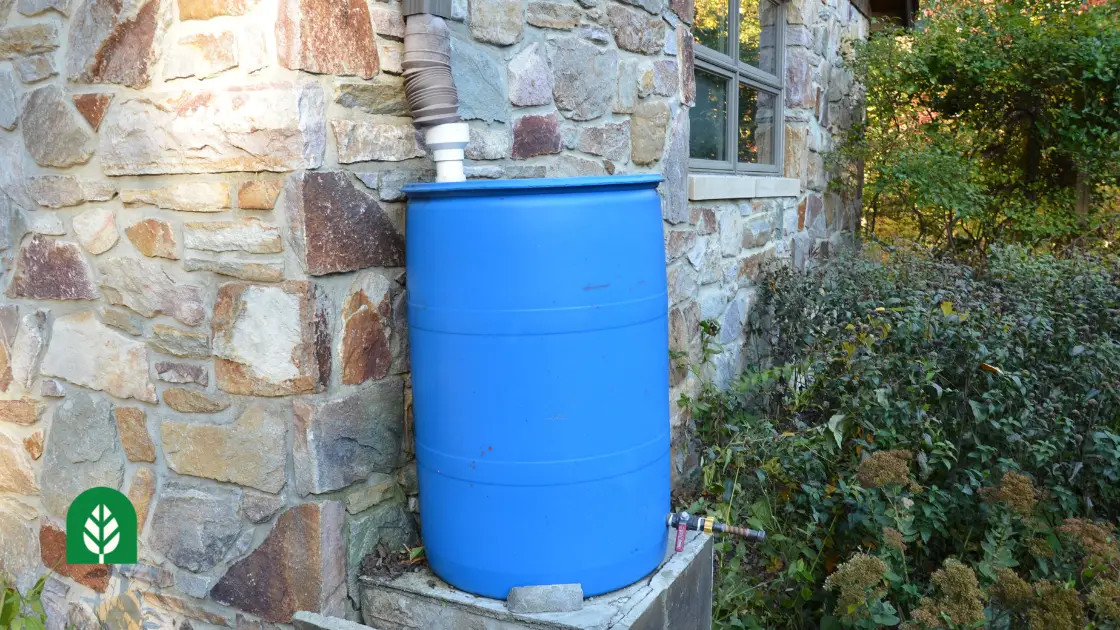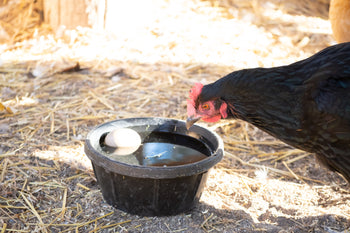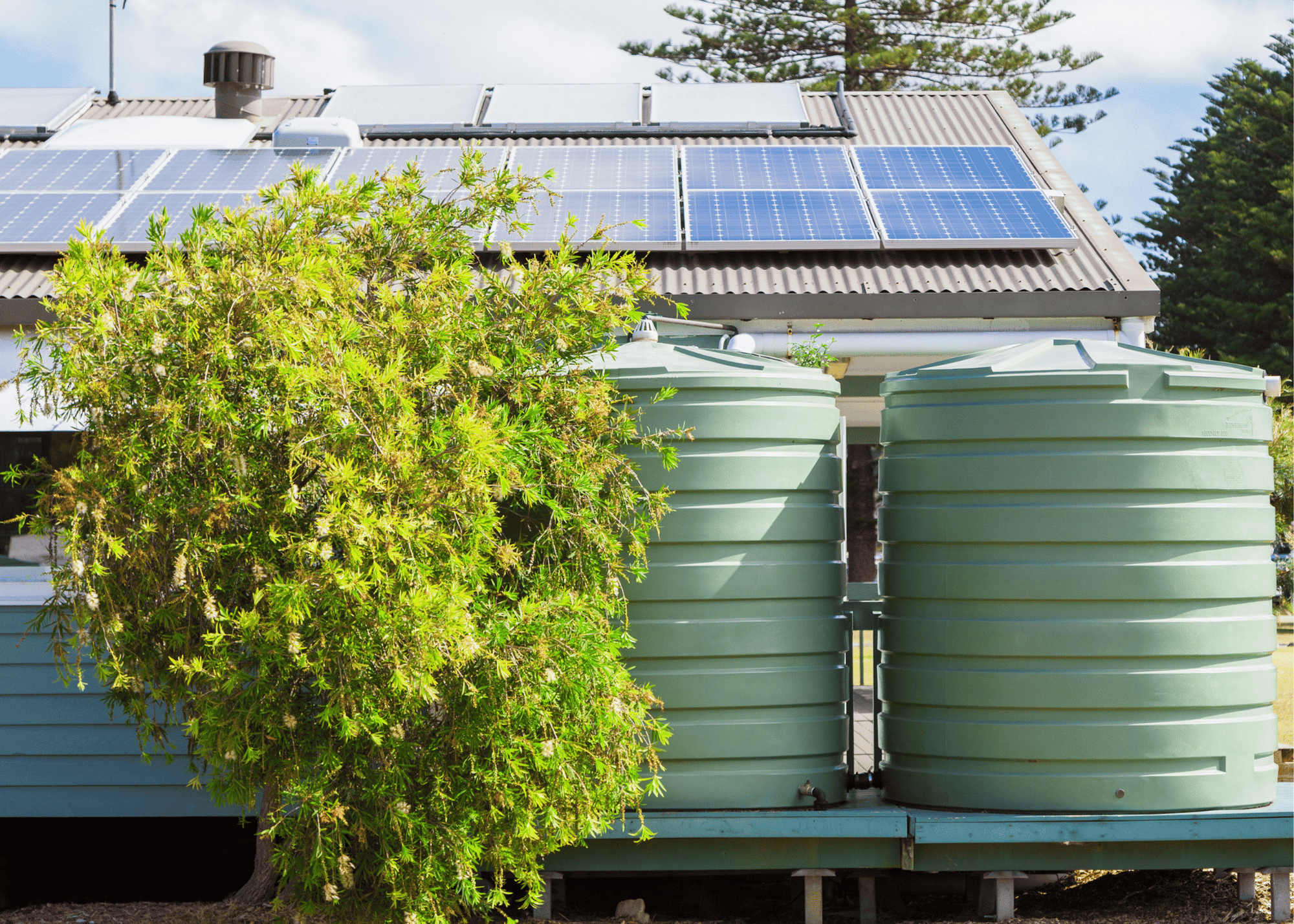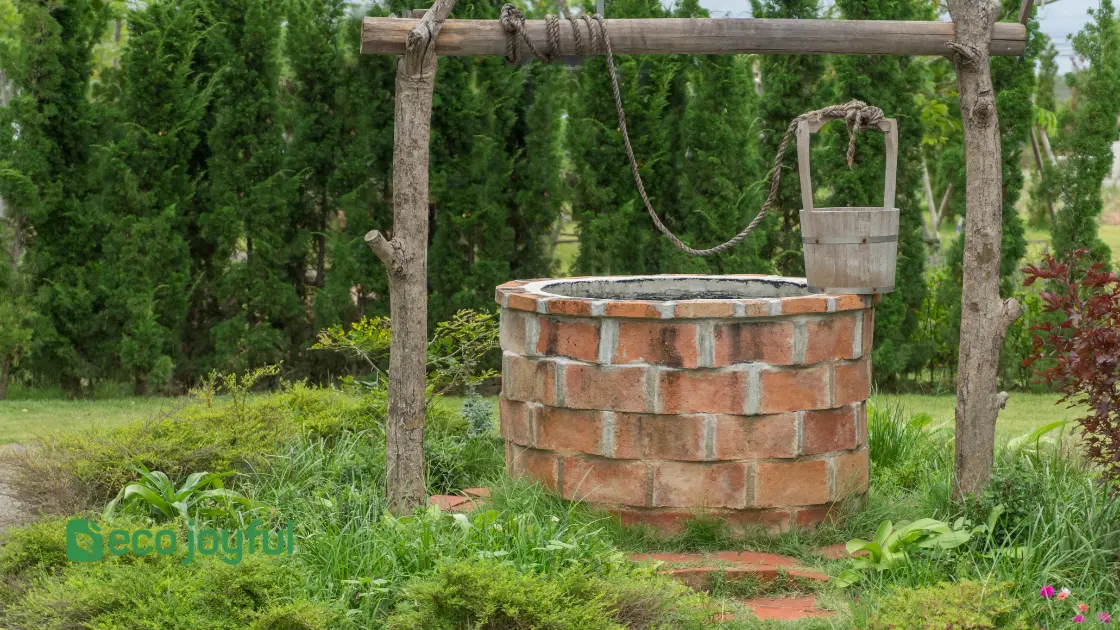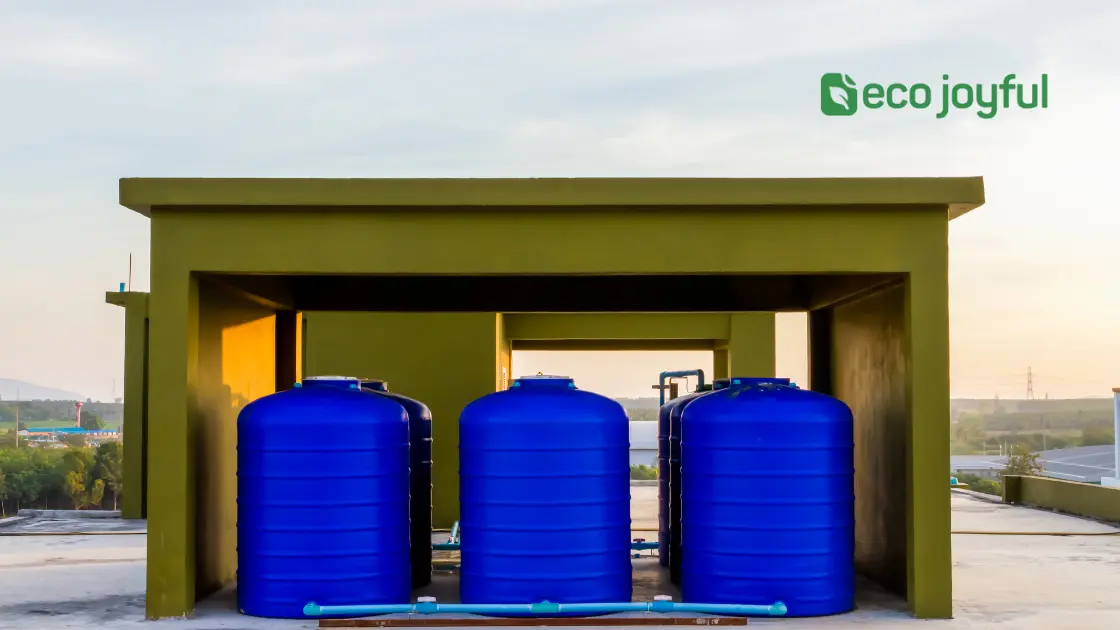Effectively manage water resources involves efficient usage and conservation techniques. Implementing sustainable practices ensures long-term availability.
Water is a finite resource that requires careful management to meet the needs of growing populations. Sustainable water practices help protect ecosystems, support agriculture, and ensure clean drinking water. Techniques like rainwater harvesting, wastewater recycling, and efficient irrigation can significantly reduce water wastage.
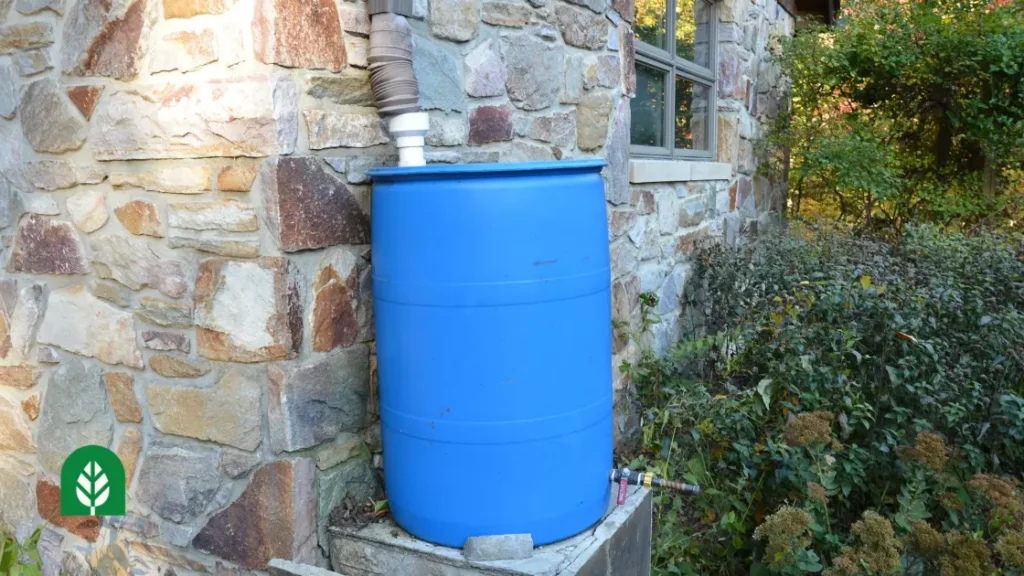
Public awareness and education about water conservation also play a crucial role. Governments must enforce regulations to prevent over-extraction and pollution of water bodies. By adopting these strategies, we can safeguard water resources for future generations while meeting current demands. Proper management benefits the environment and supports economic growth and human health.
Table of Contents
The Importance Of Water Management
Water is essential for life. Managing it well ensures we have enough for everyone. Without proper management, we face shortages and pollution. Water management helps us use water wisely and sustainably.
Global Water Challenges
Many regions face water scarcity. Climate change affects water availability. Population growth increases water demand. Poor infrastructure leads to water loss.
Here are some key challenges:
- Water Scarcity: Many areas lack sufficient water resources.
- Climate Change: Alters rainfall patterns, causing droughts and floods.
- Population Growth: More people need more water.
- Infrastructure Issues: Old pipes and systems waste water.
Benefits Of Efficient Water Use
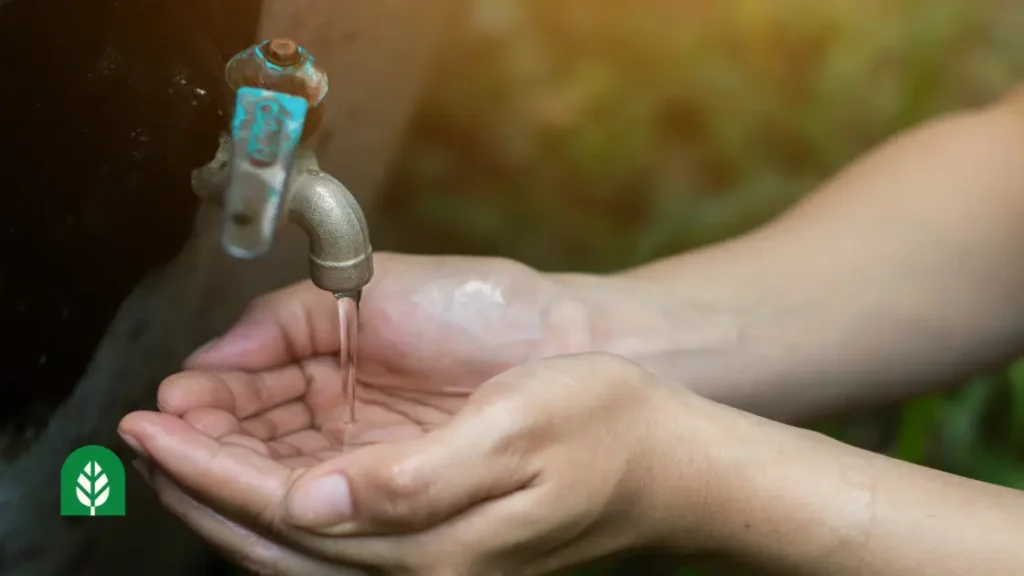
Using water efficiently has many benefits. It helps save money and protects the environment. Efficient water use supports agriculture and industry.
Some benefits include:
- Cost Savings: Lower water bills for households and businesses.
- Environmental Protection: Reduces strain on water bodies.
- Support for Agriculture: Ensures crops get enough water.
- Industrial Efficiency: Helps factories run smoothly.
Efficient water use makes life better for everyone. It ensures our future generations have clean water.
Assessing Current Water Usage
Effective water resource management begins with assessing current water usage. Understanding how much water we use is crucial. This helps in identifying areas where we can save water. By carefully measuring and analyzing water consumption, we can implement better water-saving strategies.
Methods For Measuring Water Consumption
Accurate measurement is the first step in assessing water usage. Various methods can be used to measure water consumption:
- Water Meters: These devices track water usage in real-time.
- Smart Water Sensors: These sensors provide detailed water usage data.
- Manual Audits: Regular checks and manual readings can help track water use.
A combination of these methods offers the best results. Using smart sensors along with water meters gives a comprehensive view of water usage patterns.
Identifying Areas Of Waste
Once we measure water usage, we need to identify areas of waste. Here are some common areas where water waste occurs:
- Leaks: Leaking pipes and faucets waste a lot of water.
- Over-irrigation: Excessive watering of gardens and lawns leads to waste.
- Inefficient Appliances: Old appliances use more water than necessary.
Identifying these areas helps in targeting specific issues. Fixing leaks and using efficient appliances can significantly reduce water waste.
| Method | Benefit |
|---|---|
| Water Meters | Accurate real-time tracking |
| Smart Water Sensors | Detailed usage data |
| Manual Audits | Regular monitoring |
Regular monitoring and maintenance are essential. This ensures that water-saving measures are effective and sustainable.
Technological Innovations In Water Management
Water is a precious resource. Managing it well is crucial. Technological innovations help us use water smartly. These innovations save water and protect our environment.
Smart Sensors And Iot
Smart sensors and IoT devices are game-changers in water management. These devices monitor water usage in real time. They detect leaks and waste. This technology helps prevent water loss and saves money.
Smart sensors can be installed in homes, farms, and industries. They provide data on water quality and quantity. This information helps in making better decisions. Below is a table showing the benefits of smart sensors and IoT:
| Benefit | Description |
|---|---|
| Leak Detection | Finds and fixes leaks quickly. |
| Water Quality Monitoring | Ensures safe water for all uses. |
| Usage Tracking | Monitors and reduces water waste. |
Advanced Water Treatment Solutions
Advanced water treatment solutions make water safe to use again. These methods clean water from various sources. They remove harmful chemicals and bacteria. This technology helps provide clean water for drinking, farming, and industries.
Some popular advanced water treatment methods are:
- Reverse Osmosis – Removes impurities using a special membrane.
- Ultraviolet (UV) Treatment – Kills bacteria and viruses using UV light.
- Activated Carbon Filtration – Absorbs harmful chemicals and bad smells.
These solutions make water safe for everyone. They also help in recycling water. This reduces the need for fresh water sources. Using advanced water treatment solutions, we can ensure a sustainable water future.
Adopting Water-smart Agriculture Practices
Managing water resources in agriculture is crucial for a sustainable future. Adopting water-smart agriculture practices can help conserve water, enhance crop yield, and ensure food security.
Drip Irrigation Systems
Drip irrigation systems are a great way to save water. These systems deliver water directly to the plant roots. This method reduces water waste and evaporation.
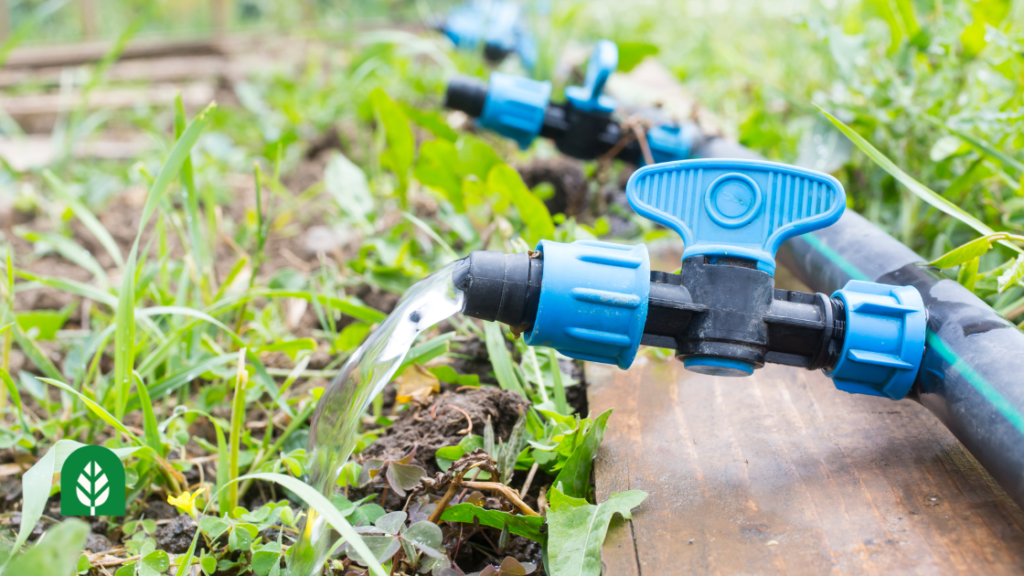
Here are some benefits of using drip irrigation:
- Water efficiency: Uses 30-50% less water than traditional methods.
- Improved crop yield: Provides consistent moisture to crops.
- Reduced weed growth: Watering specific areas prevents weeds.
Drip irrigation systems are easy to install. They can be used in small gardens and large farms. Below is a simple comparison table:
| Method | Water Usage | Installation Cost |
|---|---|---|
| Drip Irrigation | Low | Moderate |
| Sprinkler System | Moderate | High |
| Traditional Flooding | High | Low |
Climate-resilient Crops
Climate-resilient crops are designed to thrive in changing climates. These crops can withstand droughts, floods, and extreme temperatures.
Some examples of climate-resilient crops include:
- Drought-resistant maize: Grows well in dry conditions.
- Flood-tolerant rice: Survives in flooded fields.
- Heat-tolerant wheat: Endures high temperatures.
Planting climate-resilient crops helps farmers maintain productivity. These crops ensure food supply even in adverse conditions.
Switching to climate-resilient crops is an effective strategy. Farmers can adapt to climate change and protect their livelihoods.
Urban Water Management Strategies
Urban areas face unique challenges in managing water resources. Effective strategies are essential to ensure sustainability. Two key approaches are rainwater harvesting and green infrastructure.
Rainwater Harvesting In Cities
Rainwater harvesting captures and stores rainwater for future use. This method reduces reliance on municipal water supplies. It also helps prevent urban flooding.
- Rooftop collection systems direct rainwater into storage tanks.
- Collected water can be used for irrigation, toilets, and washing.
- Rain barrels are a simple and cost-effective option.
Implementing rainwater harvesting in cities is a crucial step. It ensures a sustainable and reliable water supply.
Green Infrastructure For Water Regulation
Green infrastructure uses natural systems to manage water. This approach mimics the natural water cycle. It reduces runoff and improves water quality.
| Type | Description |
|---|---|
| Green Roofs | Vegetated layers on rooftops absorb rainwater. |
| Permeable Pavements | Surfaces that allow water to seep through. |
| Rain Gardens | Planted areas that collect and filter rainwater. |
Green infrastructure offers multiple benefits. It enhances urban aesthetics and supports local biodiversity. It also plays a vital role in water regulation.
Community Involvement & Education for Manage Water Resources
Effective water resource management needs active community involvement and education. People can protect water through learning and action. This section explores grassroots movements and educational programs for water conservation.
Grassroots Movements For Water Conservation
Grassroots movements play a key role in water conservation. These movements start at the local level. They involve community members in various activities to save water.
Community members can organize:
- Water-saving workshops
- Neighborhood clean-up events
- Water conservation campaigns
These activities raise awareness and encourage action. They help people understand the importance of saving water.
Grassroots movements often collaborate with local governments. This partnership helps implement effective water policies. Communities can also take part in:
- Tree planting drives
- Rainwater harvesting projects
- Water recycling initiatives
These efforts lead to a sustainable water future.
Educational Programs For Sustainable Use
Educational programs teach people how to use water sustainably. Schools, universities, and community centers can host these programs. They provide valuable knowledge on water conservation techniques.
Examples of educational programs include:
| Program Type | Description |
|---|---|
| Workshops | Hands-on activities to demonstrate water-saving methods. |
| Seminars | Experts share tips and strategies for conserving water. |
| School Curricula | Integrating water conservation topics in school lessons. |
These programs make people aware of their water usage. They teach simple actions to reduce water waste.
Participants can learn about:
- Fixing leaks
- Using water-efficient appliances
- Installing low-flow fixtures
Educational programs create a culture of water conservation. They empower individuals to make a difference.
Policy And Governance For Water Sustainability
Water is essential for life. Proper management of water resources is crucial. Policy and governance play a significant role in ensuring water sustainability. Through effective legislation and international cooperation, we can protect our precious water resources for future generations.
Legislation For Water Protection
Effective water protection laws are critical. These laws regulate water use and ensure fair distribution. They help prevent overuse and contamination.
Governments must enforce strict water quality standards. These standards protect our health and the environment. They ensure safe drinking water and healthy ecosystems.
Legislation examples include:
- Clean Water Acts
- Water Rights Laws
- Pollution Control Regulations
Governments must also promote conservation practices. These practices include rainwater harvesting and efficient irrigation. They help reduce water waste and improve sustainability.
International Cooperation On Water Issues
Many water resources cross national borders. International cooperation is essential for managing shared waters. Countries must work together to ensure fair and sustainable use.
International agreements help manage transboundary water resources. These agreements include:
- United Nations Watercourses Convention
- Helsinki Rules on Water Law
- EU Water Framework Directive
Transboundary water management requires collaboration. Countries must share data and best practices. They must also resolve disputes peacefully.
International organizations, like the United Nations, play a key role. They help facilitate cooperation and provide guidance. They support countries in achieving sustainable water management.
Case Studies Of Effective Water Management
Managing water resources is crucial for sustainability. This section highlights successful case studies from around the globe. These examples showcase effective water management strategies. Learn from these stories and apply best practices in your community.
Success Stories From Around The Globe
Many countries have excelled in water management. Here are some inspiring examples:
| Country | Strategy | Outcome |
|---|---|---|
| Australia | Desalination plants | Reliable water supply |
| Singapore | Water recycling | Self-sufficient water supply |
| Israel | Drip irrigation | Efficient water use in agriculture |
Lessons Learned And Best Practices
Effective water management requires the right strategies. Here are some lessons learned and best practices:
- Invest in technology: Use advanced methods like desalination and recycling.
- Community involvement: Educate and involve the community in water conservation.
- Government support: Ensure policies and regulations support sustainable water use.
- Efficient irrigation: Adopt methods like drip irrigation to minimize wastage.
- Regular monitoring: Monitor water resources to manage them effectively.
These practices help ensure a sustainable water future. Implement these strategies to improve water management in your area.
Conclusion
Effective water resource management is essential for our future. Simple actions can make a big difference. Conserving water and using technology wisely are key steps. Community efforts and education also play crucial roles. Let’s work together to ensure sustainable water resources for generations to come.
Every drop counts.





